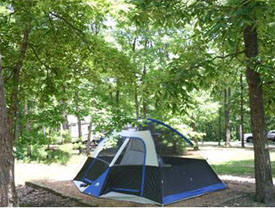
Preventive measures to reduce tick contact should include avoiding or reducing time spent in tick habitats. Learn what ticks are in the user area so their habitat(s) can be avoided.

Know the time of year they are active to begin and cease preventive measures. Some ticks like heavily wooded sites while others prefer grassy areas and some frequent the space between woods and fields.

American dog ticks especially accumulate along paths and road edges. When ticks cannot be avoided, take proper precautions to protect yourself, children and companion animals by routinely using the following preventive methods:
- Wear light-colored, full-length clothing whenever possible and cover exposed skin surfaces with DEET repellent (> 30%).
- Tuck pant legs into socks to keep crawling ticks atop of clothing where they are visible.
- Use only spray-on-clothing repellents containing permethrin (e.g. Permanone®).
- Perform frequent and thorough examinations of all clothing and exposed skin for crawling or attached ticks.
- Remove all outdoor clothing, sleeping bags and blankets and place them directly into a hot water wash cycle or seal inside a plastic garbage bag to kill any unattached or hiding ticks.
Treat all pets with topical spot-on products regularly (i.e. when pets live outdoors or are frequently taken afield) to discourage tick attachment and feeding. Pay special attention to label guidelines or animals may be harmed.
- Examine pets following outdoor excursions, or when pets are given breaks at roadside parks during trips.
- At bath time, thoroughly examine all body regions and remove any attached ticks found using tweezers, tick removal tools or fingers protected by a tissue or sanitary “baby” wipes.
